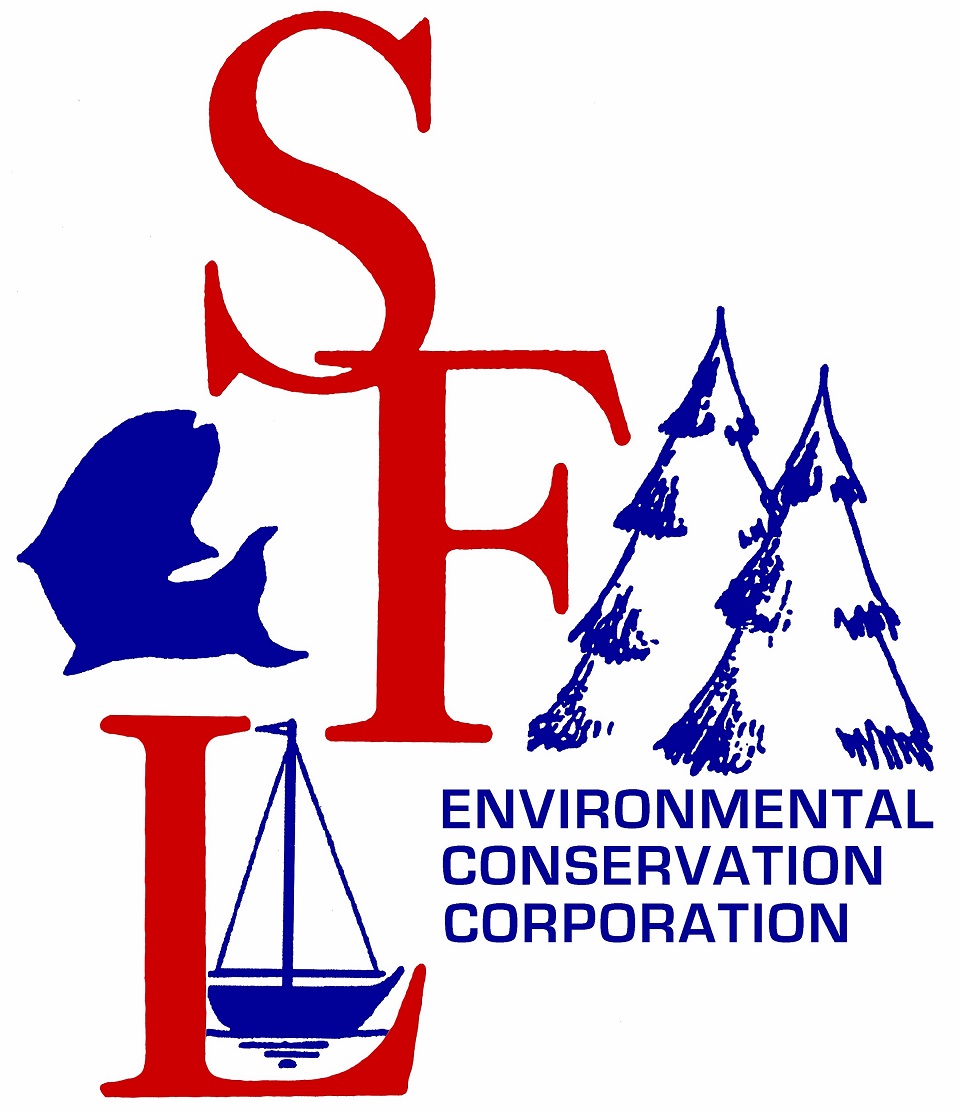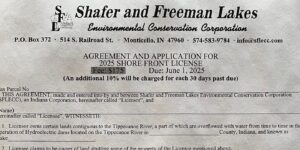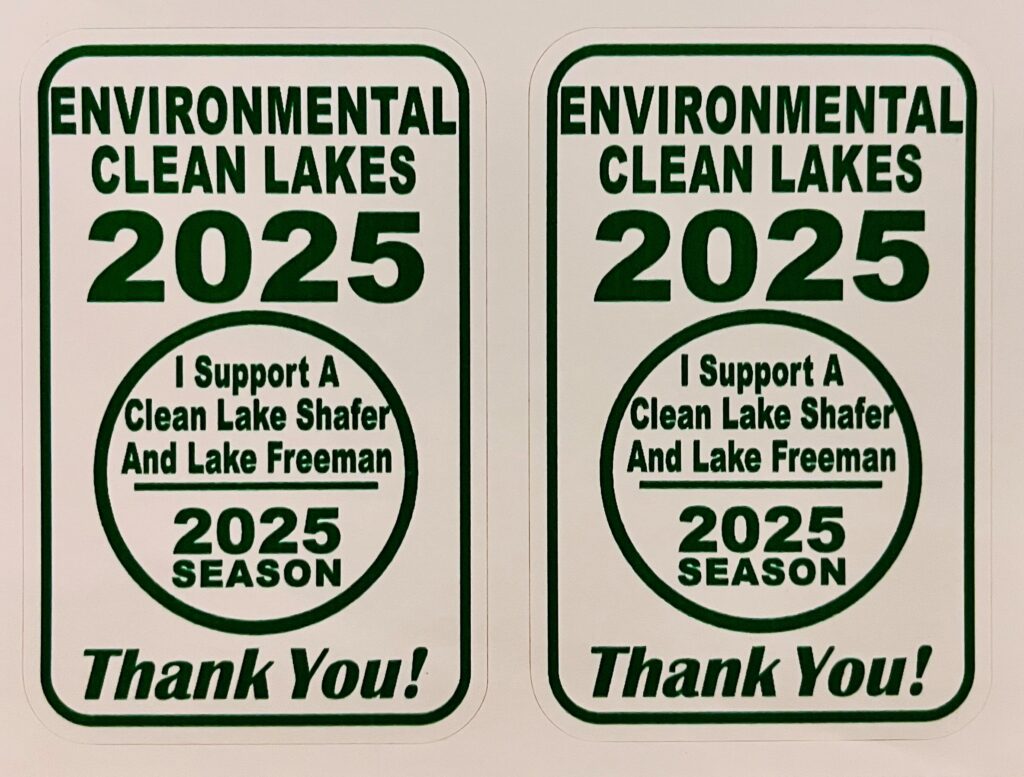FERC has released its draft Environmental Assessment. Should you wish to read the entire document, as well as the Executive Summary, please visit sflecc.org
SFLECC Press Release
“It could not have been much better” said SFLECC Lakes Level Task Force Chairman John Kopplemann after studying the draft Environmental Assessment (EA) just released by the Federal Energy Regulatory Commission (FERC). “It’s not final, but these are excellent results” added Koppelmann. FERC posted the draft Environmental Assessment on its website and placed it in the Federal Record this week in response to the SFLECC’s protest of the mandate issued by U.S. Fish and Wildlife Service (FWS) for the lowering of Lake Freeman for the purpose of maintaining water levels below Oakdale Dam to keep water flowing over the habitat of the federally endangered mussels.
The Commission found that the FWS’ Technical Assessment Letter (TAL) that requires NIPSCO to release 500 cfs at Oakdale Dam was not representative of “run-of-the-river” conditions and “these drawdowns would result in frequent and substantial adverse effects on other environmental resources associated with Lake Freeman.” (EA Executive Summary vi, paragraph 3). “FERC really dug into the science, and keyed in on the issues and science we presented, and those of its own experts and concurred that the Linear Scaling methodology FWS used to support the TAL was flawed“ added Koppelmann.
The Commission’s draft recommended that NIPSCO cut off generation of energy at both Norway and Oakdale dams during “abnormal low flow” periods and that the lake levels be maintained within .75 feet under normal conditions. FERC concluded that this alternative would “avoid adverse effects from project operations on endangered mussels, while protecting the numerous resources of Lake Freeman that depend on stable lake levels.”
The draft Environmental Assessment was posted five months after SFLECC, local, state and federal legislators as well as a groundswell of local residents posted comments to FERC with their concerns about the deleterious effects of the TAL and lowering of the lakes. “We could not have done this without the tremendous support we received from all of our partners.” added Koppelmann, “I could not be more proud to be part of an organization like the SFLECC for being the voice for our lake property owners.”
SFLECC executive director, Joe Roach cautioned, “this is a preliminary draft from FERC, and we must wait to see how the two federal agencies, FERC and FWS, are able to work out a final agreement; until then, the TAL is still in effect and we are currently looking at the possibility of another low flow event with the lack of rainfall.”



